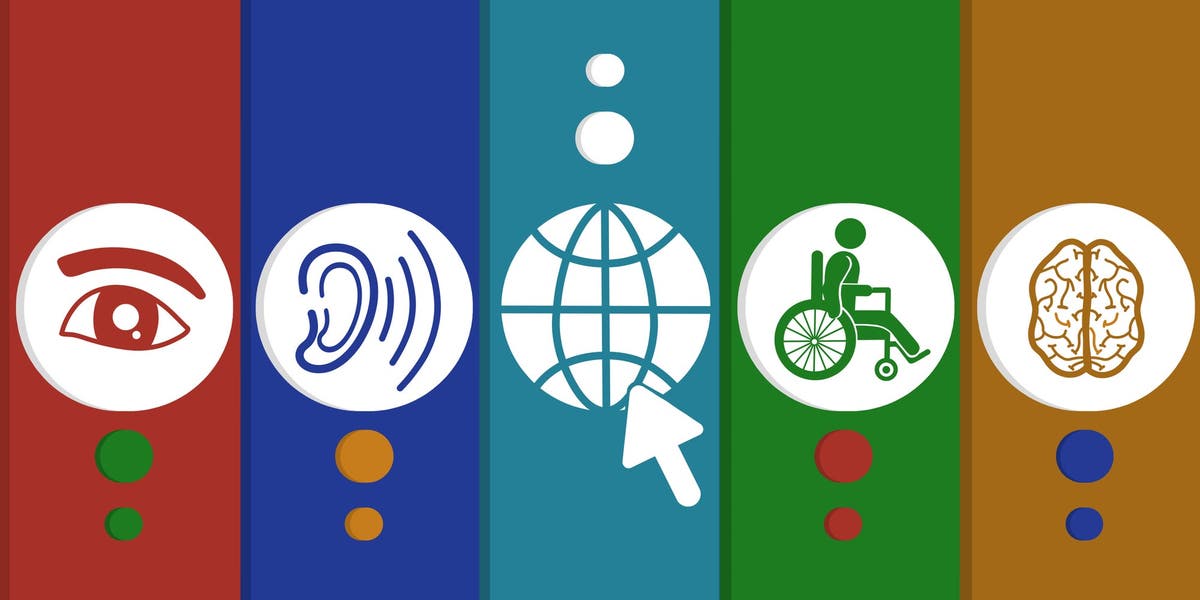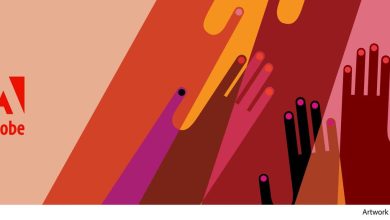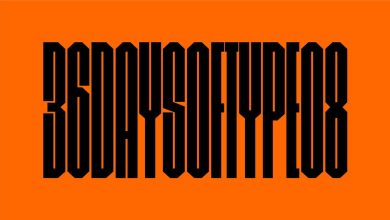The evolution of digital accessibility over the decades

Image source: Celina Oseguera.
Today, we celebrate the tenth Global Accessibility Awareness Day (GAAD) — an important milestone in getting everyone talking, thinking, and learning more about accessibility. With more than 1 billion people worldwide living with disabilities, today marks a significant day for us to recognize this community and help support these individuals throughout their daily lives whether that is in the workplace, school, or beyond.
For GAAD, I want to take a moment to look at how far we’ve come on the topic of accessibility — moving from a “grassroots” effort to a must-have, and how the industry can continue to support people with disabilities by keeping accessibility at the forefront.
A look back at accessibility — removing barriers and unlocking new possibilities
Over 30 years ago, we saw significant progress for individuals with disabilities due in large part to the Americans with Disabilities Act (ADA) signed by President H.W. Bush. Even though this brought important change for people with disabilities in the physical world as it relates to jobs, schools, transportation, and more, the digital world still included significant barriers.
Digital accessibility is an area that was often overlooked, and with the Internet growing quickly and in use widely around the world, it needed guidelines and processes in place to better serve individuals with disabilities. Over the years, we have seen significant changes that pushed for more accessibility in the digital world, such as the first web accessibility guidelines established in 1999 (WCAG 1.0), updates to the Section 508 standards to be more current with modern technology, new FCC regulations based on the Twenty-First Century Communications and Video Accessibility Act (CVAA), continuous updates to accessibility standards, among others. While these milestones have played a huge role in making websites and digital content more accessible, more work lies ahead as 97.4 percent of U.S.-based webpages are still not accessible to the disability community from a legal perspective.
Accessibility has moved up on the list of product roadmap priorities, but unfortunately is still not always an automatic default. Building accessibility early into the development processes can give companies the best chance at staying ahead of accessibility best practices, and most importantly, giving people access to products, no matter their ability.
As remote work continues to evolve, we must bring forward the opportunities and challenges of technology to make it simpler for users and companies to build accessibility into the start of the product roadmap journey. This can be done through various ways, including:
Accessibility Training: Setting up ongoing accessibility trainings for employees so they can learn more about the challenges that individuals with disabilities face and how to incorporate more accessible practices at work and within the product roadmap.
Building Employee Networks: Internal Employee Resource Groups (ERGs) — what we call employee networks — help further awareness of accessibility across a company, while also helping employees support each other. Our Access at Adobe employee network hosts regular panel discussions among employees with visible and invisible disabilities to elevate unique voices and give employees a chance to learn more about the challenges they may have faced. Our Access at Adobe members are also opening up to our community and sharing their personal experiences to help educate others and strengthen overall empathy.
Appoint Accessibility Leads: Having a lead of accessibility allows your company to have an appointed advocate for individuals with disabilities to help make sure that accessibility is further engrained in the company culture. For instance, at Adobe, we have designated accessibility champions — these champions are passionate about accessibility and help keep teams informed on changes in the accessibility space while enhancing our accessibility posture and culture.
Celebrating GAAD at Adobe
Accessibility is the utmost priority at Adobe, both within our products as well as within our culture. We work to enable people of all abilities to access our products by continually building accessibility into our product and design development. We also work closely with our employees to elevate their unique voices and encourage them to get involved in various ways. For example, we make regular updates to our Blue Belt accessibility training program to educate employees on how to evolve and adapt to new ways of building accessibility by default.
For Global Accessibility Awareness Day, we wanted to share a few updates on how we are continuing to raise awareness for Accessibility:
Adobe proudly joined the Valuable 500 in January 2020 — which recently reached its milestone of securing 500 global CEOs and their companies worldwide, who have committed to putting disability inclusion on the business leadership agenda. We collaborated with our internal teams and came up with several core areas that solidify our commitment to help strengthen disability inclusion at Adobe (see Adobe’s details/commitment). In signing this pledge, we are investing in the technical and process standards for accessibility, and declaring a broader commitment to disability inclusion that also includes training and employment opportunities.
Adobe Color has released a new tool to empower the user experience. User interface and graphic designers are tasked with creating WCAG compliant color themes for improved visual accessibility. The newly released Contrast Checker guides designers in making choices with the best contrast ratio for readability for audiences with differing abilities. Our advanced recommendation system helps designers when choosing the ideal contrast against a background color for icons and text in two sizes, using the hues already being worked with. The contrast-checked color palettes can easily be shared through Adobe Creative Cloud Libraries and can be readily accessed within Creative Cloud apps, such as XD, Photoshop, or Illustrator. Additionally, there is a new type of color theme containing only two swatches, making it easier for designers to keep track of which contrast pairs work best in their designs. Check out our blog post for more details or head to the Contrast Checker and start creating your own accessible themes.
This year, we have proudly partnered with Easterseals for the 2021 Easterseals Disability Film Challenge, which gives filmmakers — with and without disabilities — the opportunity to tell unique and personal stories that showcase disability in its many forms. This year we had the honor of presenting the award in the Best Editor category, which recognized the film with exemplary documentary storytelling through editing — you can watch the compelling nominated films from this year’s awards.
In our India office, the Talent Acquisition team recently launched an internship program for persons with disabilities. Working in close partnership with Access at Adobe India and our employee network lead Rakesh Paladugula, Product Manager, Accessibility, Core Technologies & Products, the team leveraged the network members’ experience and enthusiasm to position this initiative for success. Building on Adobe’s core values — Genuine, Exceptional, Innovative and Involved — and inclusive culture, the team was committed to developing a lasting process for finding and hiring people with disabilities.
Today, the Adobe Design Research & Strategy team is celebrating the release of
A Practical Guide to Inclusive Research, a collection of articles about inclusive user experience (UX) research. The articles introduce inclusive design research and deep dive into conducting research with people with disabilities. Written by inclusive design researcher Molly Bloom and UX researcher Laura Herman, in collaboration with several researchers, research managers and designers, this work shows what we have learned and put into practice as we make our UX research practices more inclusive across the company.
Lastly, we are doubling down on our efforts to improve readability for everyone. We are partnering with experts and researchers across multiple industries to conduct research, run pilot programs, gather feedback, and share our learnings to reinvent the ways that people read and extract information from digital documents. As a result, we are proud to have released an exciting new way to read PDF documents on mobile devices earlier this year, with Liquid Mode in Adobe Acrobat Reader — which uses Adobe Sensei, our AI and machine learning framework, to better understand the structure of PDFs and enhance readability for users.
The work doesn’t end here
Even though we have had an exciting year and want to mark this important milestone, we also recognize there is more work to do. We are continuing to make progress in our product innovations, as well as building additional tools internally to help us implement accessibility standards even further.
Please join us in celebrating this day and in continuing to help make the world a better place for people with differing abilities — have a great Global Accessibility Awareness Day everyone!
Source : Adobe








